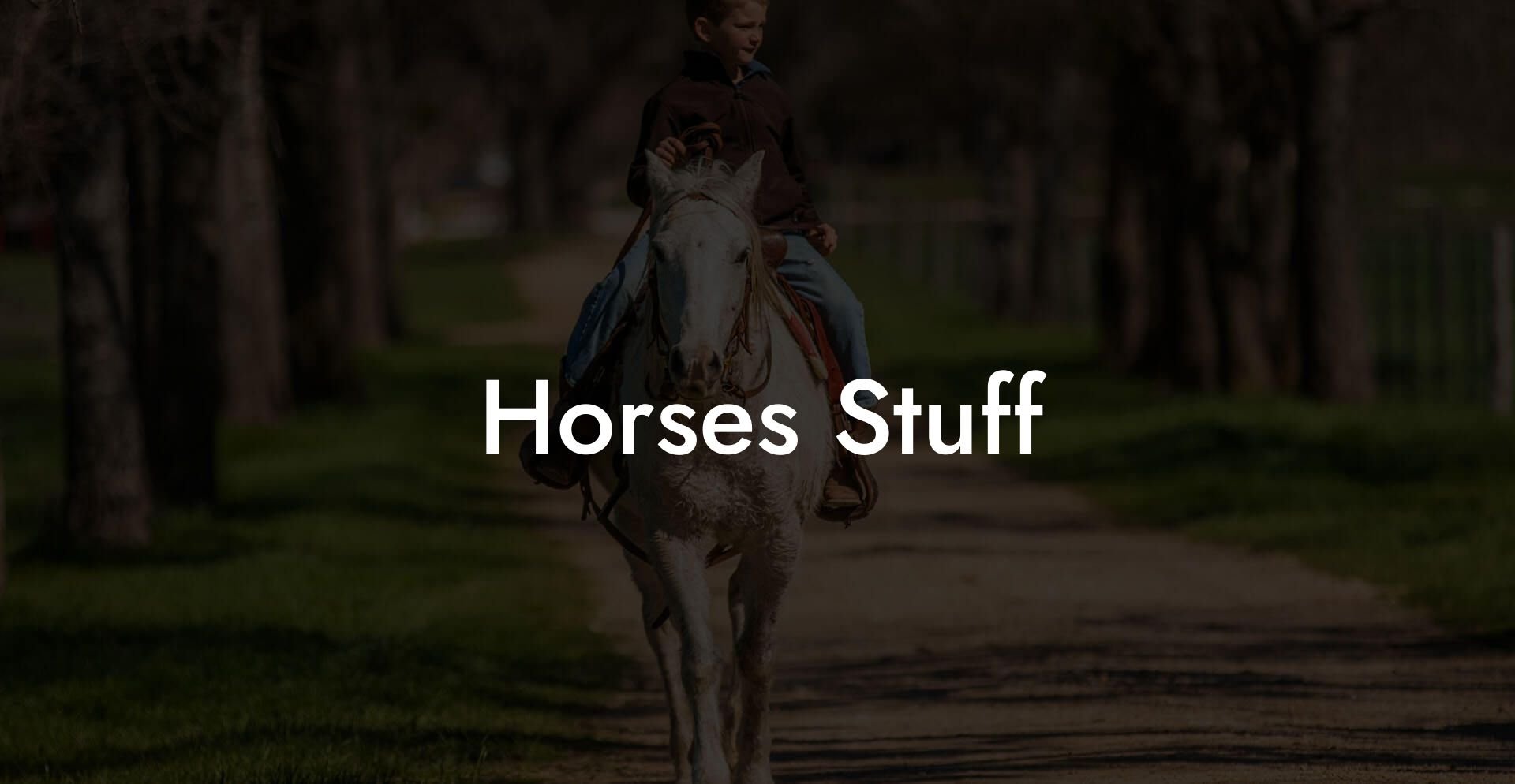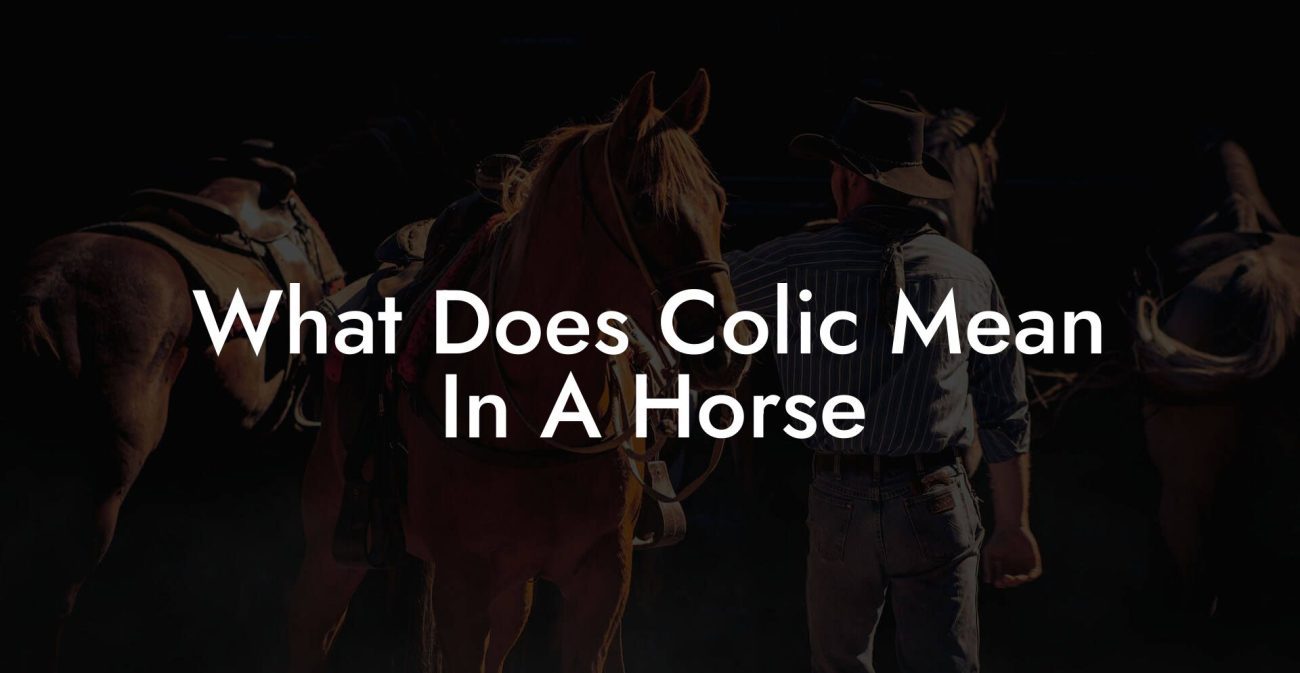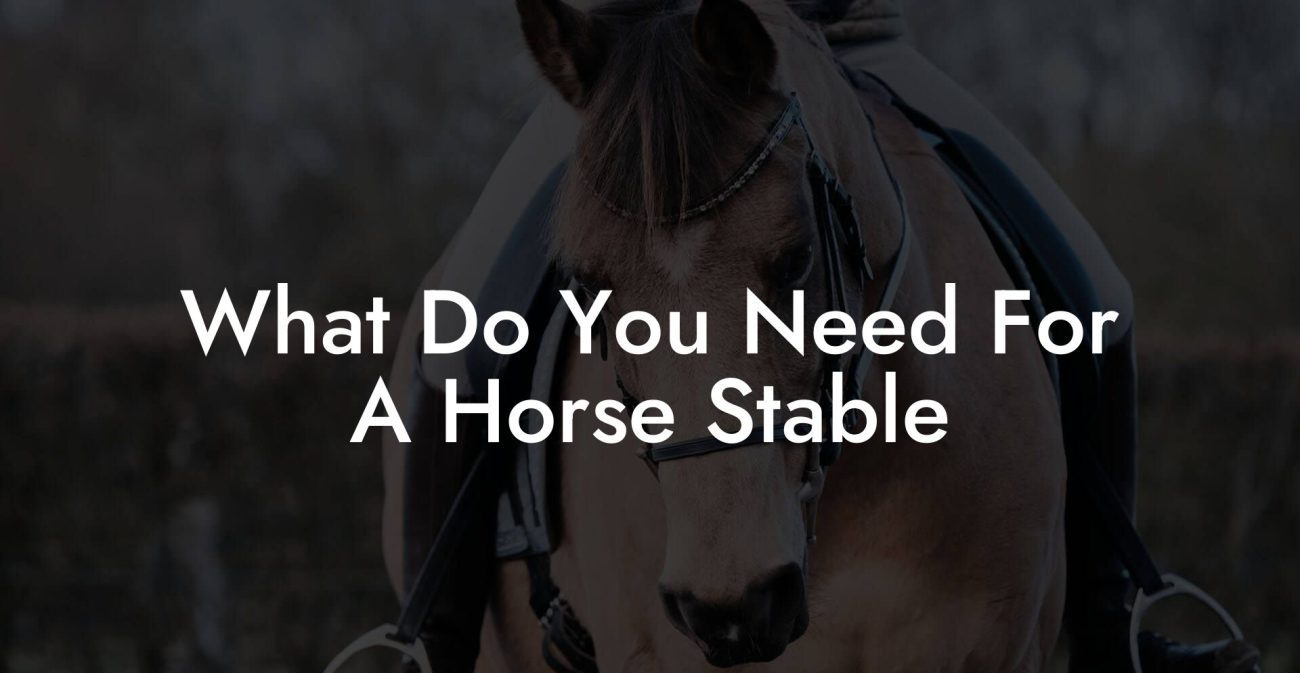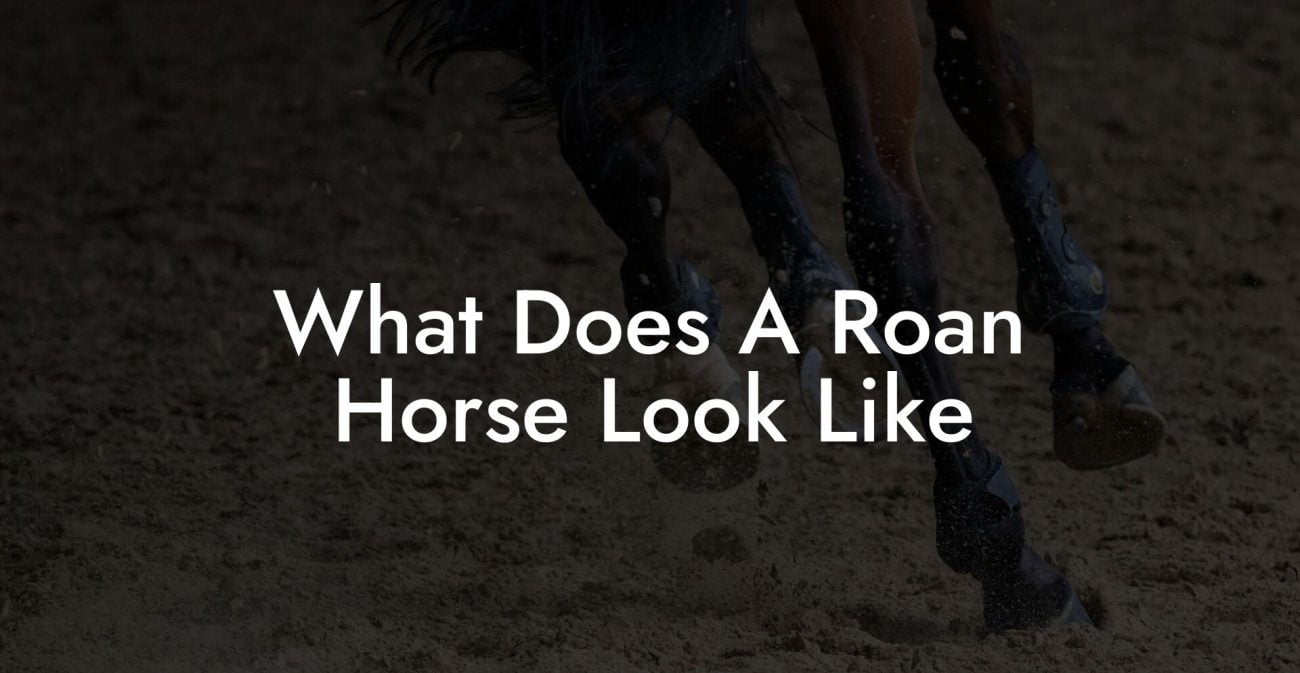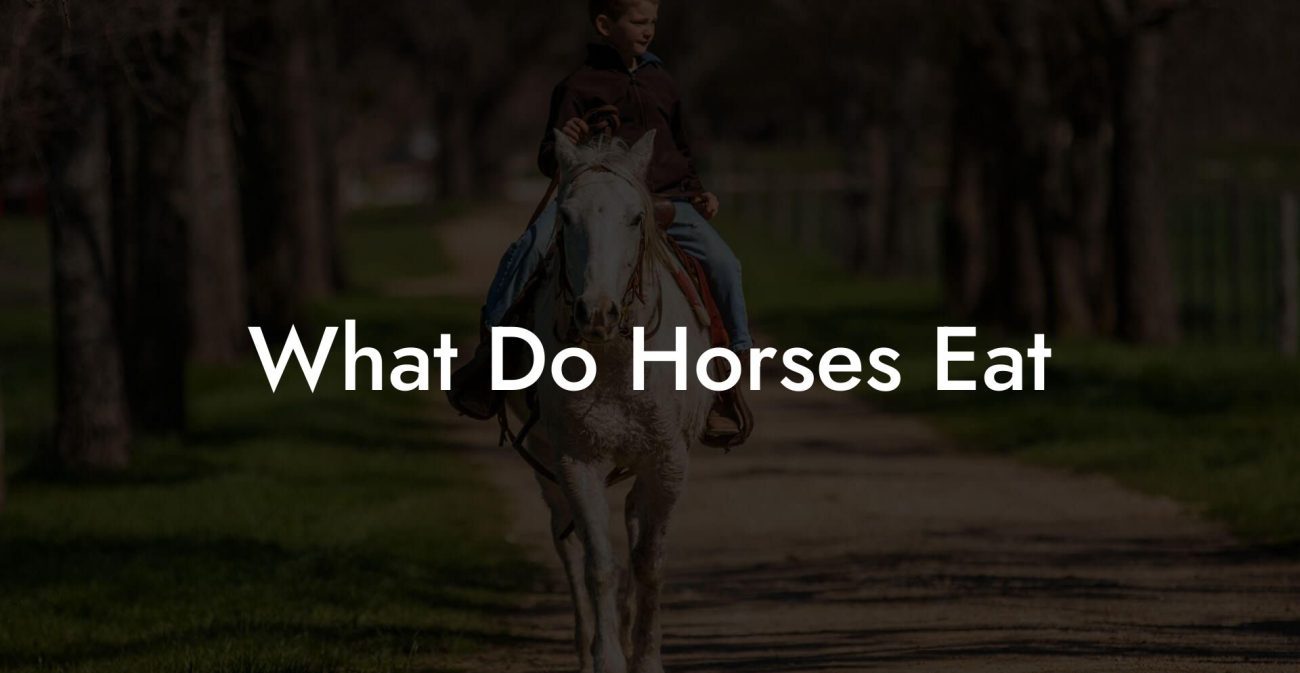Ever wondered what it takes to be the ultimate horse whisperer without losing your cool (or your phone’s battery) in the process? If the idea of caring for a majestic, maned friend lights up your Instagram feed and your inner adventurer, you’re in for a wild ride. This isn’t your grandma’s horse-care manual, it’s a 3000+ word epic jam-packed with smart, savvy, and slightly cheeky insights into equine care that even Gen-Z and millennials can vibe with. Saddle up because we’re about to dive into everything from grooming hacks and nutrition secrets to stable management tips and stress-free training tricks.
Quick Links to Useful Sections
- The Equine Phenomenon: An Insider’s Look at horse care
- Mastering the Basics: Understanding Your Equine Partner
- Key Aspects of Equine Behavior
- The Daily Routine: Essential Steps for Horse Care
- Morning Rituals: Kickstarting the Day
- Midday Maintenance: When Life Gets Busy
- Evening Routine: Winding Down with Your Equine Pal
- Feeding Your Horse: Nutrition, Diet, and Delicious Details
- Nutritional Components: What’s on the Menu?
- Meal Timing: Keeping It Consistent
- Grooming Galore: From Manes to Hooves
- Daily Grooming Routines
- Seasonal Grooming: Adjusting to Nature’s Rhythms
- Stable Management: Creating a Safe Haven for Your Horse
- Environmental Considerations
- Tech and Tradition: Blending Old-School Care with Modern Innovations
- Training & Behavior: Empowering You and Your Horse
- Fundamental Training Techniques
- Overcoming Common Behavioral Hurdles
- Advanced Care: Veterinary Insights and Proactive Health Management
- Regular Veterinary Checkups
- Preventative Strategies and Health Tech
- Resources and Community Support: Your Next Steps
- Online Communities and Social Media
- Workshops, Clinics, and Local Barns
- Educational Material and Books
- Apps and Technology
- Advanced Topics: Navigating the Future of Equine Care
- Regenerative Medicine and Equine Health
- Digital Tools and Data-Driven Decisions
- Emerging Trends in Equine Training
- FAQs About Caring for Your Horse
- Your Journey to Hip, Healthy, and Happy Horses
The Equine Phenomenon: An Insider’s Look at horse care
Horses have been iconic partners throughout history, symbolizing freedom, power, and beauty. Today, they’re not only a rustic emblem of tradition but also a dynamic part of modern lifestyles, used in everything from competitive sports to therapeutic riding programs, and even as star influencers on social media. Caring for a horse means embracing a lifestyle where passion meets practicality. Whether you’re a hands-on caretaker or an equestrian enthusiast admiring these magnificent creatures from afar, understanding the intricacies of horse care is a journey of endless discovery.
In this comprehensive guide, we explore every facet of equine care with an engaging, down-to-earth tone that’s humorous yet practical. We’ll cover essential topics like grooming, feeding, health maintenance, stable management, training, and even the emotional bonds that form between horses and their humans. Along the way, we’ll sprinkle in expert tips, cutting-edge insights, and a dash of meme-worthy humor to keep things lively and relatable.
So, whether you’re a busy millennial juggling side-hustles or a Gen-Z visionary planning your first horseback adventure, let’s decode the art of horse care together, because every great horse deserves a cool human in its corner.
Mastering the Basics: Understanding Your Equine Partner
Before you can be the hero in your horse’s story, it’s crucial to understand the remarkable creature that has roamed our planet for millennia. Horses are social, intelligent, and sensitive animals with unique needs that go beyond the basics of feeding and grooming. Getting to know your horse means recognizing its personality, body language, and needs, both physical and emotional.
Our guide will introduce you to fundamental equine biology, the common behaviors of horses, and strategies to build a strong, trust-based relationship. After all, a happy horse is often a healthy horse, and the bond you create is par excellence in building mutual respect.
Key Aspects of Equine Behavior
Horses communicate through a complex mix of body language, vocalizations, and subtle cues. Learning these signals is like cracking the code of a centuries-old social network:
- Body Language: From flicking ears to the arching of a neck, a horse’s body can tell you if it’s relaxed, alert, or upset.
- Social Hierarchy: In a herd, there’s a clear pecking order. Understanding this dynamic can help you nurture a balanced relationship within a stable, or even when introducing a new companion.
- Nonverbal Communication: A gentle nudge or a soft whicker might be your horse’s way of saying “I need some space” or “I love you.”
By staying in tune with these cues, you’ll not only prevent mishaps but also foster a deep and respectful bond with your equine friend.
The Daily Routine: Essential Steps for Horse Care
Caring for a horse isn’t a 9-to-5 job, it’s a dynamic, around-the-clock commitment that requires structured routines, unconditional love, and an occasional sense of humor. Here’s how to break down your everyday tasks into manageable, rewarding steps.
Morning Rituals: Kickstarting the Day
The early hours are prime time for connecting with your horse. Start with a calm, steady approach to greeting your equine companion, ensuring they’re comfortable before diving into the day’s activities.
- Health Checks: Before you even think about mucking out the stable, perform a brief health check. Look for any signs of cuts, swelling, or unusual behavior. Check hooves and look for any signs of injury or infection.
- Grooming: A quick brush not only removes dirt and loose hair but also helps distribute natural oils along your horse’s coat. It’s like your morning skincare routine, essential for a glowing finish!
- Feeding: Set up a nutritious breakfast. Fresh hay, quality grains, and clean water are fundamental in starting your horse’s day right. And yes, that extra sprinkle of ‘horse oats’ works wonders!
These simple steps not only ensure your horse is in tip-top shape but also set the tone for a day of mutual trust and connection.
Midday Maintenance: When Life Gets Busy
As the day evolves, so do your horse’s needs. Midday is the perfect time to focus on:
- Exercise: Whether it’s a trail ride, lunging, or simply letting your horse roam safely in a paddock, regular exercise is critical.
- Hydration: Always ensure that water is readily available. A hydrated horse is a happy horse, and sometimes a simple water break can be the highlight of their day.
- Midday Grooming: A light grooming session can relax your horse and help you notice any changes or concerns that might have arisen during the morning.
The key is to balance activity with rest, so if your horse is taking a snooze under a shady tree, let them have it. Trust us: everyone needs a break sometimes.
Evening Routine: Winding Down with Your Equine Pal
As the sun sets, your horse’s body starts to wind down, preparing for a restful night. The evening routine mirrors the morning but with a focus on settling your horse into a safe, serene space.
- Final Health and Hoof Check: A last-minute look-over can help catch any issues before nightfall.
- Quiet Time and Social Interaction: Horses are social beings. Allow them a quiet period where they can interact with stable mates or simply enjoy some calm solitude.
- Stable Security: Ensure that all stabling is secure, clean, and comfortable. A well-prepped stable means a good night’s sleep for your four-legged friend, and for you!
This well-rounded daily routine is designed to maintain the physical and emotional health of your horse while also reinforcing that unspoken bond between you.
Feeding Your Horse: Nutrition, Diet, and Delicious Details
If you think your favorite avocado toast is the pinnacle of culinary delight, consider the gourmet world of horse nutrition, a realm where balance, quality, and consistency reign supreme. A proper diet is key not just to keeping your horse fit but also to ensuring optimal performance and longevity.
Nutritional Components: What’s on the Menu?
Feeding a horse might seem straightforward, but it requires a delicate blend of ingredients to meet their unique digestive needs.
- Fibre First: The foundation of every equine diet is high-quality hay and pasture. Fibre is critical for digestive health, ensuring that the horse’s gut functions smoothly.
- Cereals and Grains: These can provide extra energy, particularly for highly active horses, but they must be balanced with fibre to prevent digestive upsets.
- Supplements: Vitamins, minerals, and electrolytes can be added to support the immune and musculoskeletal systems. Always consult with a vet before adding supplements to ensure they match your horse’s specific needs.
- Fresh Water: An unsung hero in every diet, ensuring that your horse has constant access to clean water is non-negotiable.
For modern caretakers, technology now offers advanced feeding systems that ensure accurate portions and timely delivery. Integrating these with your routine can bring both precision and peace of mind.
Meal Timing: Keeping It Consistent
Much like your favorite artisanal coffee shop opens at the same time every morning, horses benefit from a predictable feeding schedule. Regular meal times help maintain stable blood sugar levels and prevent digestive issues such as colic.
A well-structured feeding routine might include:
- Early Morning Forage: Kick off the day with ample hay or pasture grazing.
- Midday Energy Boost: For performance horses, a measured grain or supplemental feed can offer that extra kick.
- Evening Restoratives: A light snack or simply more hay can help wind down the day, preparing the horse for a restful night.
By fine-tuning your horse’s diet and feeding schedule, you not only optimize their performance but also build a practical routine that meshes perfectly with a busy modern lifestyle.
Grooming Galore: From Manes to Hooves
If you thought that brushing your hair for a flawless TikTok look took skill, try giving some love to a horse’s mane and tail, the original influencers of the animal kingdom. Grooming is not just about aesthetics; it’s a crucial component of overall health and is your first line of defense in spotting potential issues.
Daily Grooming Routines
A consistent grooming routine will keep your equine companion sparkling clean and feeling their best. Here’s how to do it right:
- Brushing and Combing: Use a soft curry comb to stimulate the skin and remove loose hair. Follow up with a hard brush to achieve a glossy coat. A little bit of extra time here goes a long way in preventing skin irritations and building your horse’s “selfie” ready look.
- Detangling the Mane and Tail: Use a detangler spray or a specially designed comb to keep knots at bay. Not only does this look elegant, but it also prevents painful tangles that can lead to breakage and discomfort.
- Hoof Care: Inspect your horse’s hooves carefully daily. Clean out any debris, and when necessary, trim the hooves, ideally under the guidance of an experienced farrier, to ensure optimal foot health.
Grooming sessions also serve as wonderful bonding moments, offering opportunities for reassurance, gentle conversation, and plenty of petting that cements your status as best bud.
Seasonal Grooming: Adjusting to Nature’s Rhythms
Just as you swap out your wardrobe with the seasons, your grooming routine should evolve with the weather:
- Summer: Shorter, more frequent grooming sessions help keep the horse cool and monitor for flies or sunburn.
- Winter: Increase the frequency of cleaning hooves to battle mud and ice. Additionally, a deeper coat clean can prevent skin conditions caused by damp and chilly weather.
- Spring/Fall: Moderate grooming with occasional deep cleans to help remove the winter coat or manage shedding is the way to go.
By paying attention to seasonal needs, you ensure that grooming not only looks great for social media snaps but also supports ongoing equine health.
Stable Management: Creating a Safe Haven for Your Horse
A well-managed stable is more than just a roofed space, it’s a sanctuary for your horse, an environment that nurtures rest, play, and recovery. Whether you’re working in a professional barn or have a personal pasture, an organized, safe space is a cornerstone of effective horse care.
Environmental Considerations
The stable environment should be a harmonious mix of cleanliness, safety, and comfort. Key pointers include:
- Cleanliness: Regularly remove manure and soiled bedding to prevent infections and respiratory issues. An odor-free stable is also a morale booster for both horses and caretakers!
- Ventilation: Proper air circulation is vital, especially in humid climates. Fresh air reduces the risk of ailments and keeps the stable environment inviting.
- Space: Ensure that horses have enough space to move around comfortably. Overcrowding can lead to stress and injuries, so balance is key.
Tech and Tradition: Blending Old-School Care with Modern Innovations
Today’s smart stable solutions offer digital monitoring of temperature, humidity, and even individual feeding schedules. Embrace these advances to streamline your routine while still enjoying the hands-on satisfaction that comes from caring for your horse the traditional way.
Don’t be surprised if you start comparing your stable’s efficiency to a startup’s workflow, after all, both thrive on precision, constant updates, and a team spirit!
Training & Behavior: Empowering You and Your Horse
Training isn’t about forcing your horse to obey, it’s about building trust, communicating clearly, and showing that a little bit of love goes a long way. Whether you aim for competitive riding or just want enjoyable trail rides, practical training techniques can supercharge the power of your equine connection.
Fundamental Training Techniques
Successful training begins with understanding your horse’s unique personality and learning its language of movement and emotion. Here are some proven strategies:
- Positive Reinforcement: Highlight and reward good behavior with treats, gentle strokes, or a few extra minutes in the paddock. Reinforcing trust builds a genuine connection.
- Consistency and Patience: Just as you wouldn’t expect a viral dance to be perfect on day one, training takes time. Small, consistent steps yield big results over time.
- Groundwork: Start on foot with groundwork exercises to establish leadership and understanding before transitioning to riding or advanced maneuvers.
Overcoming Common Behavioral Hurdles
Every horse has a quirky side, perhaps a fear of new objects or a stubborn streak when it comes to certain cues. Address these challenges with empathy and a little creativity:
- Desensitization Techniques: Gradually expose your horse to new environments, sounds, or equipment. Start small and build confidence over time.
- Consistent Boundaries: Clearly communicate limits while allowing room for personal expression. A balanced approach in training will help prevent behavioral issues before they escalate.
- Training Camps and Clinics: Sometimes bringing in a professional trainer or joining group clinics can revitalize your approach and offer fresh techniques and perspectives.
With training that respects your horse’s individuality, every session becomes a joyful exchange rather than a chore, and trust us, that vibe is incredibly contagious.
Advanced Care: Veterinary Insights and Proactive Health Management
Just as you wouldn’t rely solely on DIY remedies for your smartphone, a horse’s health sometimes requires professional intervention. While daily care lays the groundwork, advanced care and periodic veterinary attention are the safety net for long-term well-being.
Regular Veterinary Checkups
Schedule routine examinations to catch potential issues before they escalate. Regular checkups help diagnose common equine ailments, like lameness, dental issues, or digestive disturbances, early, ensuring swift intervention.
Veterinary care is a collaboration. Your vet will often recommend:
- Vaccinations: Staying current with vaccines protects your horse against deadly infectious diseases.
- Dental Care: Regular dental exams prevent discomfort and maintain proper chewing function.
- Lameness Evaluations: Early detection through diagnostic imaging and physical assessments can save your horse from prolonged pain and costly treatments.
Preventative Strategies and Health Tech
Beyond the vet’s clinic, technology now offers wearable monitors and smart collars that track activity, heart rate, and even sleep quality. These data-driven strategies help you detect subtle changes in behavior or health before they become major issues.
Integrating these tools into your routine is like having a dedicated health coach for your horse, automated, insightful, and always on call.
With proactive health management, you not only extend your horse’s quality of life but also create an environment of trust with professionals who understand the art and science of equine care.
Resources and Community Support: Your Next Steps
The journey of caring for a horse is as enriching as it is challenging, and you’re never alone on this path. The equestrian community is vast and vibrant, with forums, local clubs, online courses, and social media groups buzzing with insider tips and personal success stories.
Online Communities and Social Media
Join the conversation on platforms like Instagram, TikTok, and Facebook, where riders and horse enthusiasts share everything from quick grooming hacks to detailed training regimens. These digital hangouts are fantastic for getting inspired by creative solutions and connecting with like-minded individuals.
Workshops, Clinics, and Local Barns
Check out workshops and clinics led by top-notch trainers and veterinarians in your area. Many barns offer hands-on tours, training sessions, and even seasonal meetups that allow you to learn first-hand from industry experts.
Not only do these experiences boost your knowledge, but they also build a network of support where you can exchange advice, troubleshoot challenges, and celebrate milestones with fellow horse lovers.
Educational Material and Books
From up-to-date research articles to timeless books on horse behavior and stable management, investing in quality reading material can deepen your understanding of equine care. Look for recommendations online or ask your local vet for trusted publications.
Apps and Technology
Embrace the digital age with smartphone apps designed to track feeding schedules, vaccination records, and even workout routines for your horse. These innovative tools can revolutionize how you manage your horse’s daily needs while keeping everything organized and accessible.
Your next steps begin with a single click, join communities, subscribe to newsletters, visit local events, and tap into the wealth of free resources ready to help you elevate your horse-care game.
Advanced Topics: Navigating the Future of Equine Care
As technology and science continue to evolve, so does the landscape of horse care. Advanced topics include innovations in regenerative medicine, smart stable technologies, cutting-edge training techniques, and integrative approaches that seamlessly combine traditional methods with modern insights.
Regenerative Medicine and Equine Health
Leveraging breakthroughs in stem cell therapy and platelet-rich plasma (PRP), many cutting-edge clinics are now offering treatments that accelerate recovery from injuries. Such procedures can significantly reduce downtime and boost performance in competitive arenas.
While these treatments aren’t for every horse, informed owners can benefit immensely by discussing these options with their veterinarian. These modern interventions are just one example of how the future of equine care is both exciting and accessible.
Digital Tools and Data-Driven Decisions
Wearable tech for horses is quickly catching on. Devices that track movement, vital signs, and even behavioral shifts provide real-time insights that help you adapt your care plan quickly. This data-centric approach is ideal for horse owners who crave a systematic method to monitor their companion’s well-being.
Harnessing such technology can demystify many common equine challenges, transforming gut feelings into actionable insights and ensuring that every decision is informed by reliable data.
Emerging Trends in Equine Training
Modern training techniques now integrate virtual reality (VR) simulations, interactive apps, and personalized coaching sessions that resonate with the digital-savvy generation. These innovations help bridge the gap between tradition and modernity, making the training process both more effective and engaging.
The future of equine care is bright, and by staying curious and open to innovation, you’re not only enhancing your horse’s quality of life but also contributing to a vibrant community of forward-thinking equestrians.
FAQs About Caring for Your Horse
Dive into these frequently asked questions that cover the basics as well as advanced topics in modern equine care:
1. How often should I groom my horse?
Daily grooming is ideal to maintain your horse’s coat, skin, and overall health. A routine that includes brushing, mane combing, and a quick check of the hooves will do wonders.
2. What are the signs that my horse needs veterinary attention?
Look out for changes in behavior, poor appetite, unusual limping, discharge, or any signs of pain. Regular checkups combined with daily observations significantly reduce health risks.
3. Which type of feed is best for overall equine health?
The best feed is a balanced diet that includes high-quality hay, appropriate grains or pelleted feed for energy, and necessary supplements as advised by your veterinarian. Always ensure fresh water is available.
4. What are some modern tools that can help with stable management?
Advances in smart stable technology, including automated feeding systems, climate control monitors, and wearable devices for horses, can streamline daily tasks and help monitor overall health.
5. Do horses require training even if they are not ridden?
Yes, training is essential regardless of riding. Groundwork exercises, behavior desensitization, and socialization are important for a well-rounded, stress-free horse.
6. What are some effective strategies to build trust with a new horse?
Spend quality time on grooming, take slow and steady steps with gradual exposure to new experiences, and use positive reinforcement methods to build a strong, mutual bond.
7. How can technology help me in effective horse care?
Technology such as mobile apps, wearable tech, and data-driven stable management systems can help you keep track of feeding schedules, monitor health metrics, and even record training progress in real time.
8. Where can I connect with other horse enthusiasts?
Social media platforms like Instagram, TikTok, and Facebook host vibrant equestrian communities. Additionally, local clubs and online forums are great places to exchange tips and experiences.
9. What role does diet play in my horse’s performance?
A well-balanced diet not only supports the horse’s general health but also directly influences performance, recovery, and overall vitality. Adjustments in feed should be made seasonally or based on your horse’s activity level.
10. How can I stay updated on the latest in equine care?
Subscribing to equine care newsletters, joining online groups, attending workshops, and keeping in touch with your vet are all excellent ways to stay informed.
Your Journey to Hip, Healthy, and Happy Horses
Caring for a horse is an art, a science, and a lifestyle, one that blends heart, humor, and hard-won wisdom into every brush stroke and every feed bucket. It’s about rolling up your sleeves, connecting with your majestic partner on a soul level, and navigating the ever-evolving world of equine care with confidence (and a killer playlist).
From the early morning health checks to late-night stable security, every moment you invest builds a legacy of care that benefits both you and your horse. Embrace every quirky hair day, every unexpected gallop, and even those challenging moments, because each one is a stepping stone on your journey to becoming the ultimate horse care connoisseur.
Remember, caring for a horse isn’t just about following a checklist, it’s about forging a bond that transcends routine tasks and transforms your life with joy, adventure, and a community of horse lovers who cheer you on every step of the way.
So here’s to you, the modern equestrian, a trailblazer mastering the art of horse care, one epic moment and one steady heartbeat at a time. With passion, humor, and a whole lot of love, your journey is just beginning. Enjoy the ride!

